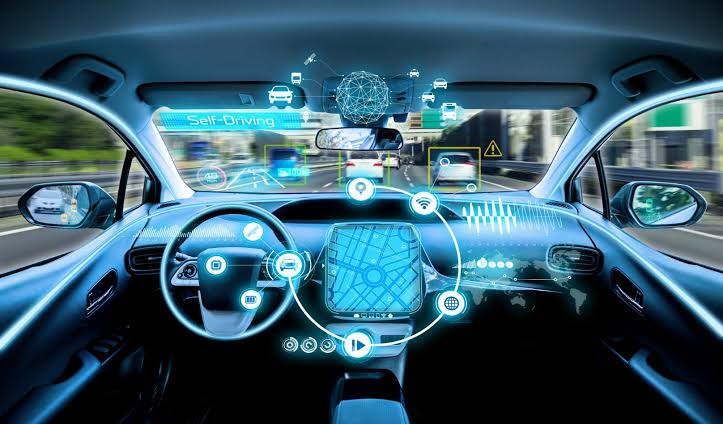Augmented Reality (AR) is rapidly transforming various industries, and the automotive sector is no exception. From virtual showrooms to advanced driver assistance, AR is poised to revolutionize the way we interact with vehicles, offering a more immersive and personalized experience.
Virtual showrooms are one of the most exciting applications of AR in the automotive industry. These digital platforms allow customers to explore different car models in a highly interactive and engaging manner. Instead of physically visiting a dealership, customers can now virtually ‘walk around’ a car, inspect its interior and exterior features, and even customize its color and accessories, all from the comfort of their homes.
Fagen Wasanni Online states that-This not only enhances the customer experience but also provides car manufacturers with valuable insights into customer preferences and behaviors, enabling them to tailor their offerings more effectively.
AR is also making its way into the driving experience itself, with advanced driver assistance systems (ADAS). These systems use AR to overlay important information onto the driver’s field of view, such as navigation instructions, speed limits, and potential hazards. This can significantly improve road safety by reducing distractions and helping drivers make more informed decisions. For instance, instead of looking at a separate navigation screen, drivers can see the route projected onto the road ahead of them, allowing them to keep their eyes on the road at all times.
Moreover, AR can also be used for maintenance and repair purposes. Mechanics can use AR glasses or tablets to visualize complex repair procedures, identify parts, and access real-time diagnostic data. This can greatly improve the efficiency and accuracy of repairs, reducing downtime and costs. For car owners, AR can provide interactive tutorials on basic maintenance tasks, such as changing a tyre or checking the oil level, making car ownership more accessible and less intimidating.
In addition to these practical applications, AR also offers exciting possibilities for in-car entertainment. Imagine being able to transform your car’s windshield into a movie screen, or having interactive games that passengers can play using the car’s windows. While these applications are still in the early stages of development, they show the potential of AR to create a more enjoyable and engaging driving experience.
However, despite the many benefits of AR, there are also challenges that need to be addressed. These include technical issues, such as ensuring the accuracy and reliability of AR systems, as well as regulatory and safety concerns. For instance, there is a need to ensure that AR systems do not distract drivers or cause information overload.
Furthermore, there are privacy and data security issues that need to be considered, especially given the amount of personal data that AR systems can collect and process.
In conclusion, AR holds great promise for the automotive industry, offering new ways to enhance the customer experience, improve road safety, and streamline maintenance and repair processes.
However, realizing this potential will require ongoing research and development, as well as careful consideration of the associated challenges. As we continue to explore the possibilities of AR, it is clear that this technology will play a key role in shaping the future of the automotive world.













